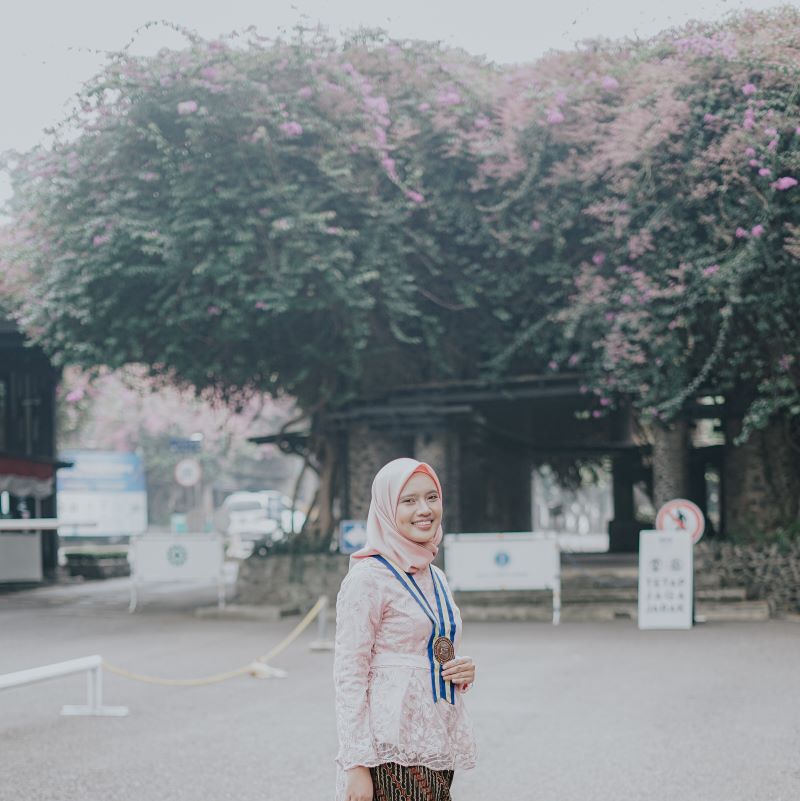
サイト内検索
お問い合わせ・アクセス

Watching a Movie
Background
Air pollution, as highlighted by the World Health Organization, is a grave global concern, responsible for approximately one in nine deaths worldwide and contributing to around three million fatalities annually. Moreover, it accounts for 5% of global diseases, exacerbating respiratory and cardiovascular illnesses among others. However, current ground-based air pollution monitoring systems face critical limitations in spatial coverage, primarily focusing on urban areas or known pollution hotspots. This spatial constraint severely impedes comprehensive monitoring and mitigation efforts, necessitating alternative approaches. Remote sensing technology offers a promising solution by providing broader spatial coverage and enabling monitoring over vast geographical areas, including remote regions. Therefore, there is an urgent need to develop and implement remote sensing-based approaches to comprehensively analyze and mitigate air pollution risks, especially in global scale.
Research Content
Study area of this study is in global area. This study will utilize 425 ground-based stations throughout the world. This Study mainly focused on:
Future Study
As a basis for air pollution hazard and risk modeling from satellite observations, adding more ground-based air pollution observation stations in rural or other areas is desirable because based on WAQI (2022), there are vast areas without observation stations. There are even numerous countries which do not have air pollution stations. This will ensure that air pollution hazard and risk modeling from satellite observations can better represent non-urban areas.
Publications and Other Information: https://orcid.org/0000-0002-9761-9701